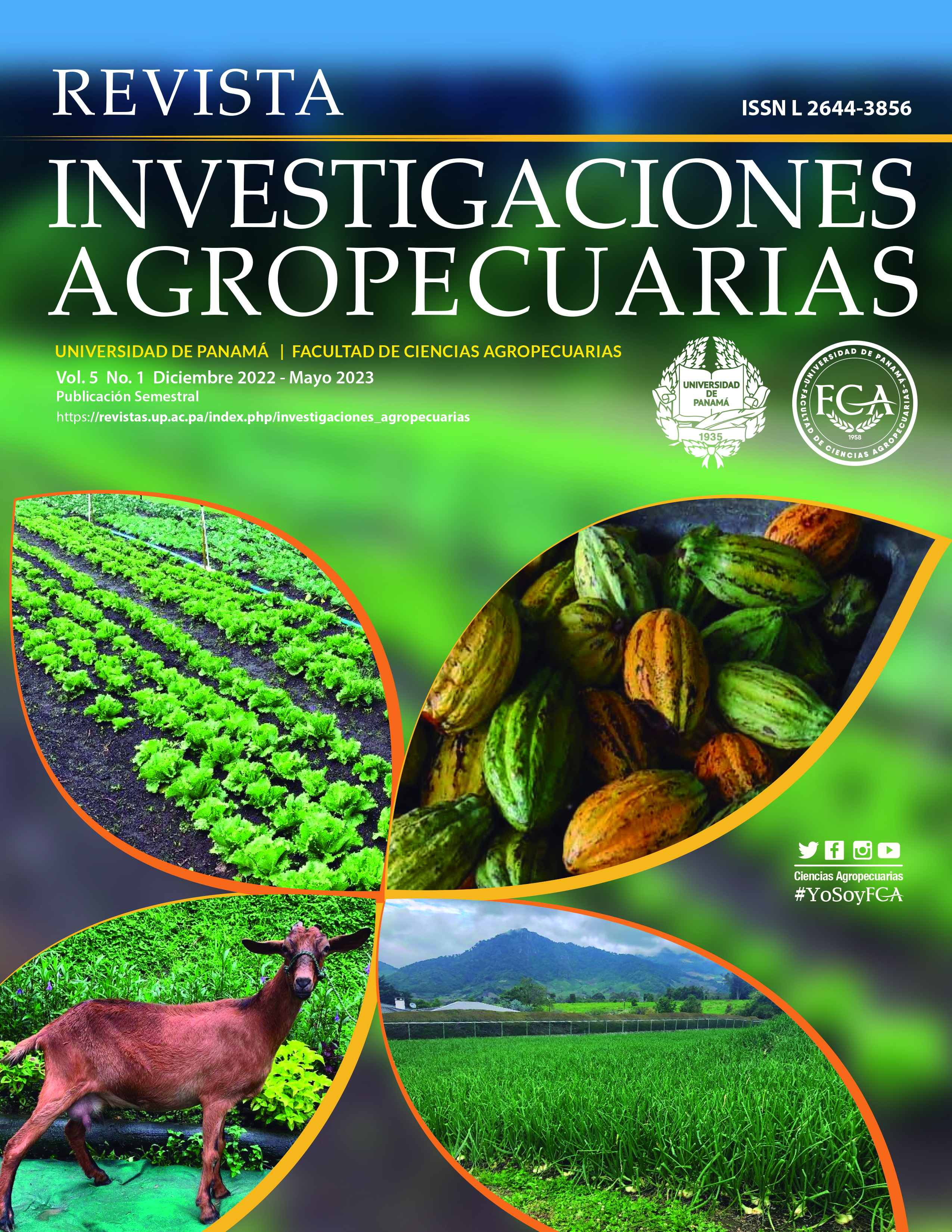


Este trabalho está licenciado sob uma licença Creative Commons Attribution-NonCommercial-ShareAlike 4.0 International License.
Extensive dairy productions are exposed to weather variations, and when the temperature and humidity are extreme, animals can experience thermal stress. The aim of this work was to evaluate the impact of a daily variation on temperature-humidity index (THI) on circulating cortisol levels, milk yield and composition of dairy cows. Ten Holstein cows in the first third of lactation were evaluated, during morning and afternoon milking, for milk yield, milk composition and blood cortisol. Climatic variables were recorded daily. During the experimental period, the daily temperature variations were around 15?C (range between maximum and minimum), however THI indicated animals were in a thermoneutral zone. Milk composition and blood cortisol concentrations were not different between morning and afternoon milking and blood cortisol concentration had a weak positive correlation with milk yield and negative with milk protein, fat and non-fat solids content. In conclusion, Holstein cows located in regions of high altitude do not show a significant level of relationship between blood cortisol and production and milk components, which may indicate the adaptation of these animals to this environmental condition.